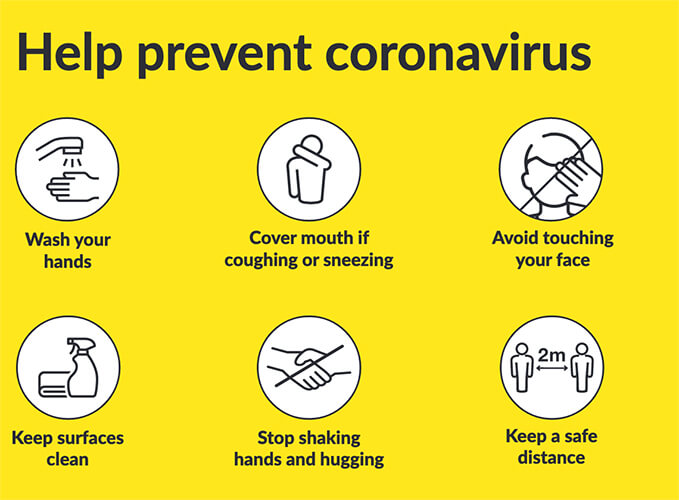A Guide to COVID-19 Prevention in Buildings
COVID-19 Prevention in Buildings: Preventing Common Mistakes is a comprehensive guide for all those involved in the construction and operation of buildings, which deal with fire safety. The book is written by Michael Rutter, a fire safety consultant, who has a long and distinguished history of educating individuals about fire safety issues.
Mr. Rutter’s book is an invaluable and comprehensive guide to understanding the many areas of fire safety and how these can be applied to any building. It includes information on various fire hazards and the importance of identifying and avoiding these hazards.
There are numerous ways that people can make the most of COVID-19 Prevention in Buildings: Avoiding Common Mistakes in fire safety. These include: keeping records of every fire in a building, having an effective building fire alarm system, having a good sprinkler system in place and ensuring that a fire door is well insulated. Keeping records is particularly important because it will help in the future should there be a problem with fire.
Another area that Mr. Rutter addresses in his book is the need for a sprinkler system to be part of an overall fire safety plan. Fire sprinklers can reduce the spread of fire quickly. They are highly effective in stopping the spread of fire and are also highly effective in minimizing the number of fatalities associated with the spread of fire. However, they have a limited effect when fires are small in number.
If the building’s occupants have installed sprinkler systems correctly, then they are much more likely to be able to contain and minimize the damage caused by the spread of a fire. In the case of small fires, sprinkler systems can even prevent the fire from spreading to neighbouring areas. However, in the case of large fires, sprinkler systems will not be able to stop the spread of fire very quickly.
Therefore, if your building is currently or previously equipped with a fire sprinkler system, then you may wish to review this aspect of your fire safety plan and make changes where necessary. If your current fire safety plan does not contain a requirement for a sprinkler system, then it is strongly advised that you review your existing plan and consider whether a fire sprinkler system is required to be fitted.
Some building managers will not require a fire sprinkler system and will insist that you have one fitted on your premises as part of your fire safety plan. Other buildings may not require a sprinkler system at all. However, even buildings with a sprinkler system, you should ensure that your employees and members of the public have been trained to recognise fire dangers, to respond to the emergency and to extinguish fires using approved equipment.
One area that most people overlook when planning their fire safety plans is the inclusion of a fire sprinkler system. The purpose of a fire sprinkler system is to ensure that a fire does not spread quickly from one point of origin to another. and that fires are prevented from spreading to other areas in the building. Therefore, it is essential that a good fire sprinkler system is fitted in order to keep the risk of a fire spreading to other areas within the building as low as possible.

Leave a Reply
You must be logged in to post a comment.